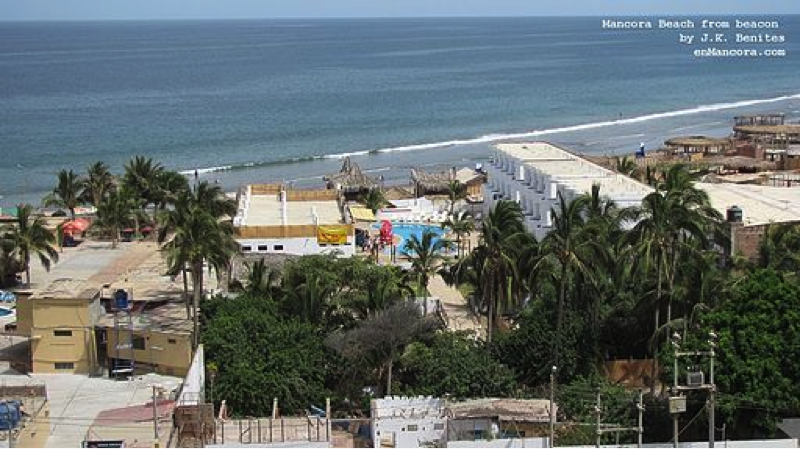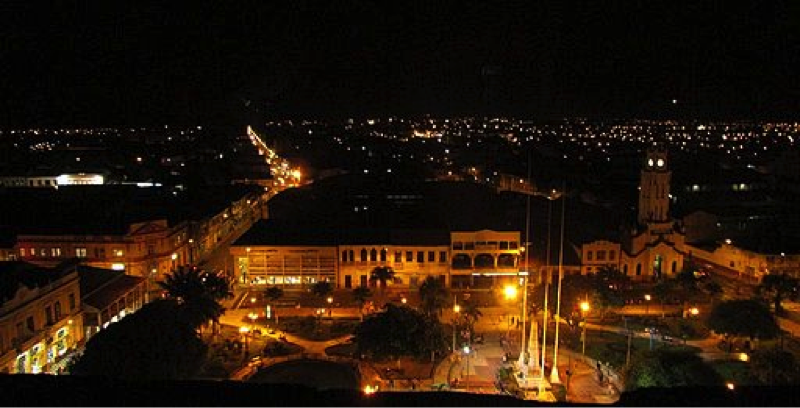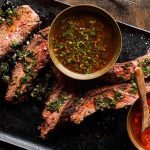This article was posted on Thursday, April 28th, 2016 at 2:10 am and is filed under Peru in the World, Tours of Peru.
Despite being a relatively small country, Peru has a surprising amount of diversity in its landscapes. From its coastal beaches to its mountain heights to its luscious rainforests, one of the joys of travelling to Peru is getting to see the wide variety of native flora and fauna that thrive in all of Peru’s different landscapes. As an added bonus, all the plants listed below are edible, so be sure to give them a taste!
Limon Peruana, aka Peruvian Lime
Peruvian limes are small, even compared to other limes. They usually measure only 3 to 4 cm in diameter, and have an outer skin that can range in color from yellow to dark green. When compared to other members of its family, the limon peruana is probably most similar to Florida’s key lime. The Peruvian lime is highly acidic and sour, giving it an overwhelmingly strong and distinct taste. That rich flavor has made the Peruvian lime a favorite ingredient in many types of local cuisine. Just don’t try eating one on its own.
Pichuberry
A relative of the tomato and the eggplant, Peruvians living in the Andes have been cultivating the Pichuberry for centuries. Also known as the Peruvian cherry, gooseberry, and the Incan berry, these small berries measure about 1 cm in diameter. Each individual berry comes enclosed in a calyx, a thin, papery covering that protects the berry from the elements. Pichuberries are known for their slightly tart taste, and for their high nutrient content. Despite their size, Pichuberries have 20 times as much Vitamin C as an orange, and their high antioxidant content provides a boost the immune system which some researchers theorize might slow cellular aging and prevent cancer. What’s more, pichuberries have also been shown to lower blood sugar, prevent allergies, treat asthma, boost fertility, and make wounds heal faster. Not bad for a berry smaller than your average cherry!
Cocona
The cocona fruit grows in the Peruvian Amazon, and is used to make a variety of native dishes, including sauces, jams, salads, and deserts. Similar in size and shape to a bell pepper, cocona can range in color from yellow to red, and have a taste and texture that is said to combine the tastes of tomatoes and lime. It’s also sometimes called the Amazon Tomato.

Tuna
Don’t let the name fool you – when people in Peru say “tuna,” they’re probably not referring to fish.
“Tuna” is the regional name for the cactus fruit, also called the prickly pear. Like the pichuberry, the cactus fruit has been cultivated in Peru since ancient times, and its likeness can be seen in the artwork of many of the local indigenous cultures, such as the Incas and the Chimu. Beneath its thick green skin, the cactus fruit hides a bright red interior that is even sweeter than watermelon. As you’d expect of a plant that’s been cultivated for so long, tuna is a staple of Peruvian cuisine, and is used in the creation of jams, jellies, and alcoholic beverages.
Want to try these scrumptious goodies for yourself? Best Peru Tours offers great tour packages for that give visitors the experience all the wonders of Peru. Contact us today at 866-788-5647 or visit us online to book your tour today!








